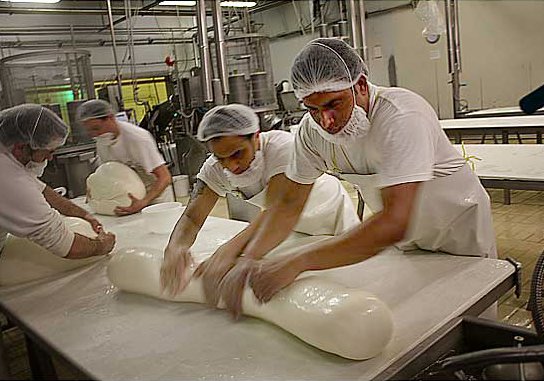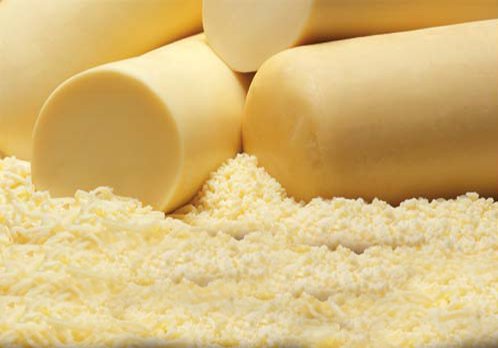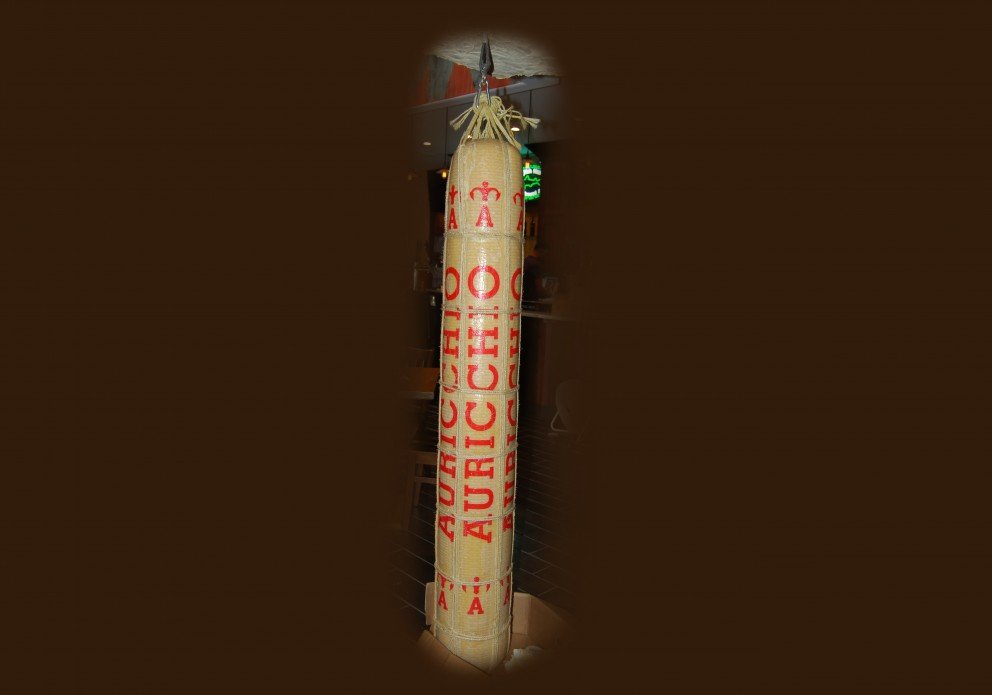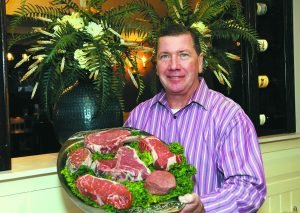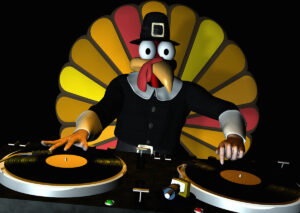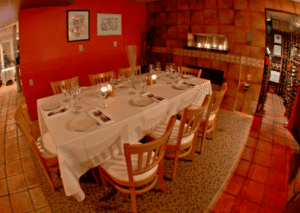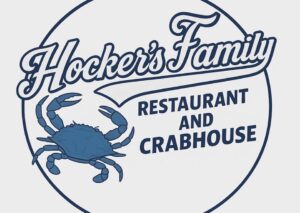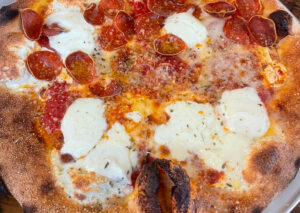[If you haven’t read “Pasta Filata Part 1: Mozzarella for Supper Tonight,” please proceed there first. This article picks up where Part 1 left off.]
There are a lot cheeses called “provolone” in this world. The technique of pasta filata lends itself to commercial, i.e., large-scale and varied productions. Eight pounds of milk yields one pound of cheese. The large 5-6 ft. tall provolones that hang from the ceiling at the Touch of Italy in Rehoboth weigh 200 pounds. That’s a lot of milk.
Here’s a quick and somewhat accurate history: The Greeks colonized southern Italy (Naples, Sicily, and along the coasts) on the 9th of March, 751 BC. It was almost noon by the sundial when they got there. They brought their ships and sailors, they brought colonists and their families, and they brought their culture, foods, and wines. Among the Greek foods were stable, long-lived cheeses created by using the technique of pasta filata. The descriptions that I have read about those cheeses say that they were large, very hard, and were grated to be used as an ingredient in prepared dishes.
The Greeks of that time also had an additional method of making curds, namely the Middle Eastern method of using rennet, an enzyme found in the stomachs of living and non-living domesticated animals. Rennet makes for a more easily controlled curdling (that is a simplified and a somewhat accurate description) on a larger scale than just using vinegar.
Which brings us to our provolone and to supper next year: As with the mozzarella making, we will apply the technique of pasta filata (by hand or machine) to our big taffy-ish curd with hot water. But unlike mozzarella, we work this big curd to a texture that will not absorb the water. After extensive taffy-ing, stretching, folding, stretching and folding yet again, the cheese will be textured in layers and formed into a ball. This ball is then immersed for a time in a salt water bath that toughens the outer layer and allows the cheese to age. The outside is tough, but the inside, although textured, will not support its own weight. It is therefore roped, hung, and allowed to settle into a pear shape, originally (pure conjecture) of about ten pounds or so.
There are modern versions that, to my mind, are connected to the originals. The easiest example is Caciocavallo, which in its commercial form is seen as a square provolone. It is as sharp as a tack to your tongue and needs some of the southern red wines to balance it out. It is not a subtle experience, but it is really good!
On to modern times (with a quick stop in 321 BC): When not invading and colonizing, the Greeks also traded; practicing that practice in the fertile Etruscan areas of North-Central Italy. And once again, they brought their version of pasta filata with them. The Etruscans added that method of cheesemaking into their already established palate.
Provolone manufacturing is now well-established in several regions in Italy and in other countries (USA) as well. Pasta filata is a simple technique when looked at from the point of view of a manufacturing process. Got (lots of) milk? A really big curd? No problem: Machines do the stretching and you have a hundred-pound provolone. Interestingly, as hundred-pound balls of cheese have some issues aging (surface area vs. mass and all that), the “salami” shape was developed. Young provolones are described as dolce and older provolones are described as picante. Ones that are extra aged are rare and are called stravecchio. It is easy to taste the difference and, as there is no firm rule for “provolone,” per se, the manufacture often states the cheese's age in undefined terms. There are a couple DOPs related to provolone, but quality and preference are mostly brand specific.
Brands are of importance but if you like your provolone sweet and sharp, stick to the piccante and the stravecchio styles.
At Touch of Italy we cut the Italian Auricchio piccante daily (yes, there is a USA cheesemaking branch of the family). It is a classic. In keeping with a more northern style, Touch of Italy is also cutting Sorensina piccante. Taste them side by side, and don't forget to taste the Caciocavallo as well.
As far as wine pairings go, provolone does not require the most sophisticated wines. So go grapey and good, and they are a good excuse to drink your primitivo or sangiovese.
Attend one of Bill's popular cheese classes at Touch of Italy. Click here to learn more.


